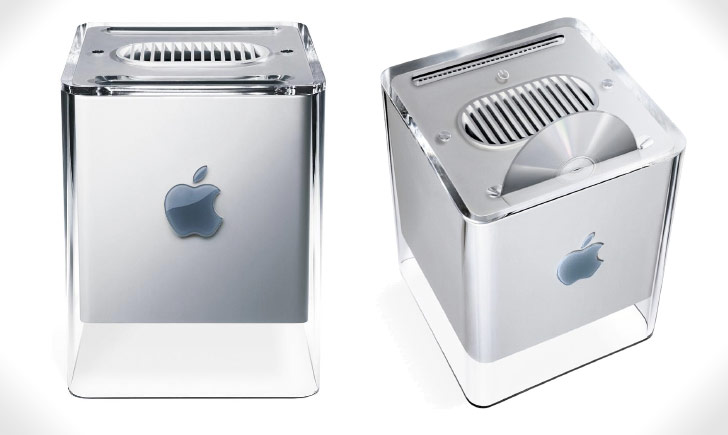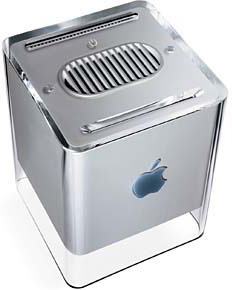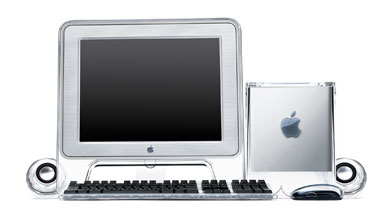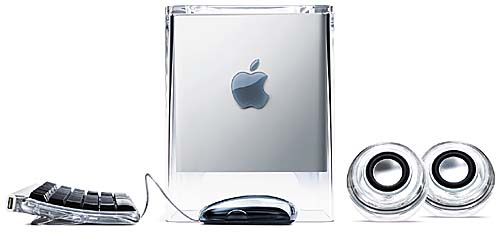In early June 2001, Apple discontinued the production and sale of its Power Mac G4 Cube model. The legendary "cube" was one of the most stylish computers produced by the Cupertino company, but at the same time it was the first significant failure since the triumphant return of Steve Jobs to the management of the company.
After saying goodbye to the Power Mac G4 Cube, Apple switched to computers with G5 processors and then to Intel.
There was hardly anyone who was not impressed by the Power Mac G4 Cube at the time of its release. As with the brightly colored iMac G3, Apple wanted to differentiate itself from the uniform mainstream offering at the time, which at the time consisted mostly of beige "boxes" that resembled each other like eggs. The Power Mac G4 Cube was designed by none other than Jony Ive, who gave the computer a novel, futuristic and at the same time pleasantly simple look, which also referred to the NeXTcube from Jobs' NeXT.
The cube gave the impression of floating in the air thanks to its crystal clear acrylic lining. Its features included, among other things, absolute silence, for which the G4 Cube owed a completely different ventilation system – the computer completely lacked a fan and used a passive air cooling system. Unfortunately, the system was not completely 4% and the G4 Cube could not handle some of the more demanding tasks. Overheating led not only to the deterioration of the computer's performance, but in extreme cases also to deformations of the plastic. The Power Mac GXNUMX Cube further differed from regular computers with a power button that was sensitive to touch.
More advanced users, on the other hand, were excited about the way Apple made it easier to access the insides of the computer. He even equipped it with a special handle to make it easier to open and slide out. Inside, the basic configuration was powered by a 450MHz G4 processor, the computer had 64MB of memory and 20GB of storage. The disc drive was located in the upper part of the computer, and there were a pair of FireWire ports and two USB ports on the back.
Despite its unconventional appearance, the G4 Cube appealed mainly to a handful of die-hard Apple fans and did not arouse much enthusiasm among regular customers. Only 150 units of the model, which even Steve Jobs himself could not praise, were sold in the end. In addition, the good reputation of the "cubes" was not helped by the negative reviews of some customers, who complained about small cracks that appeared on the plastic cover. Disappointing sales, caused in part by some customers preferring the traditionally cooled Power Mac G4 to the G4 Cube, resulted in a press release on July 3, 2001, in which Apple officially announced that the computer was "putting the computer on ice".
In his official statement, Phil Schiller said that while G4 Cube owners love their cubes, he also admitted that most customers really prefer the Power Mac G4. Apple very quickly calculated that the probability that the G4 Cube product line would be saved by an upgraded model is practically zero, and decided to say goodbye to the cube. Efforts in the form of delivering new applications and further improvements did not significantly increase sales. Although Apple has never explicitly stated that it will not continue the G4 Cube product line, we have yet to see a direct successor.




